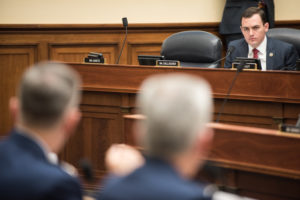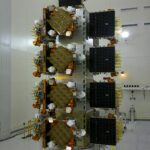
The Navy deserves a larger cut of the annual budget to ensure it is prepared for its role in a future conflict with peer adversaries, but must make tough choices and coordinate both Navy and Marine Corps assets to successfully make that case to Congress, a House Armed Services Committee member and former Marine said Jan. 15. Rep. Mike Gallagher (R-Wis.) advocated for the Navy and Marine Corps to adopt a unified concept of operations under the direction of the…

 By
By 










